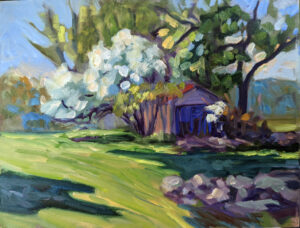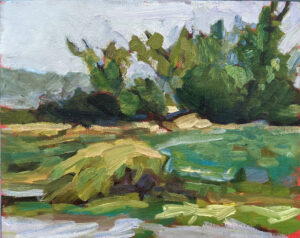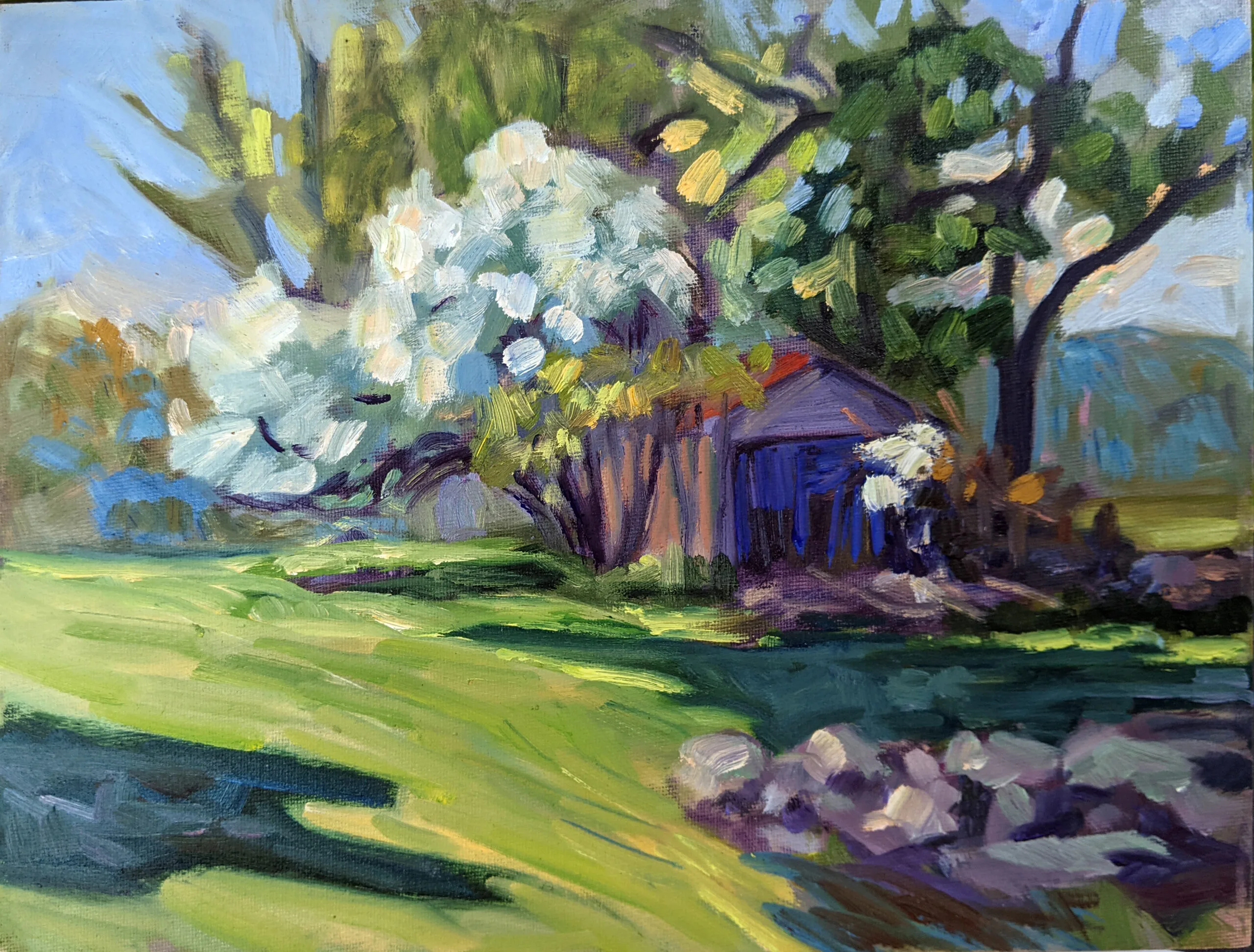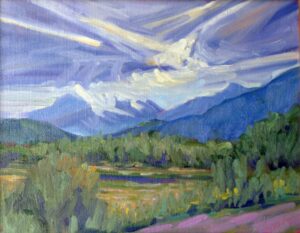
I first learned about Jay Hambidge‘s theory of Dynamic Symmetry in a workshop taught by Steven Assael many years ago. I was looking for the Holy Grail of composition and fiddled with Dynamic Symmetry for several years before putting it in my Folder of Fundamentally Flawed Design Ideas, along with the Golden Ratio, Silver Ratio, Fibonacci Sequence, Rule of Thirds, and a lot of other stuff I’ve mercifully forgotten.
You can go look it up and try to deal with the arcana of root rectangles if you want; the bottom line is that it sets up a static system of space division that sometimes looks like this:

The details depend on who you ask, and somehow the star-grid never seems to work out the same, depending on who’s interpreting it. I’m just showing you it as I wrote it down in that classroom at the Art Students League. I’m not suggesting you use it; if you look at Jay Hambidge’s paintings, you’ll observe that they tend to be static. I much prefer the simple instruction Don’t Be Boring.
Just start painting?
I’m working on a commission to paint from a photograph taken in deep woods, but I can’t seem to make any decent division of the wall of green. I could easily over-egg the diagonals, but the woods in my reference is flat, and I want to respect that. That worked very well for Gustav Klimt’s beech grove paintings, which I adore, but I have different goals in mind.
I’ve looked at painters of the woods whom I admire, I’ve drawn repeated iterations, and I’ve rendered it in watercolor. I still wasn’t liking the space division. On Thursday I started to commit a cardinal error of painting: “I can’t think of any other way to draw this, so I’ll just start painting and see if something occurs to me.”
I know that’s wrong; I’ve told my students not to do that at least a gazillion times. If it doesn’t work as a drawing, it’s never going to work as a painting. Value is the first thing the eye sees, and if it makes no sense in greyscale, it’s unlikely to be riveting in color.

Saved by the bell
I was about to start transferring my drawing to my canvas when I thought, “what the heck, I’ll just grid this with Hambridge’s Dynamic Symmetry grid instead of a simple square transfer grid. It’ll at least be more of a challenge when I’m transferring the drawing to the canvas.”
That was an eye-opener. I moved things and checked their positioning in terms of the dynamic symmetry grid, and suddenly found that with a few tweaks, it will read just fine.
When you’re stuck you need to mix it up
I am unlikely to use the Dynamic Symmetry grid ever again, and certainly not at the design phase. However, I’m glad I had it tucked in the back of my mind when I needed to veer out of the groove that had become a rut.
There is no design idea that is universally applicable, and no idea, including Dynamic Symmetry, that is completely useless. It’s helpful to understand how other artists answer design questions against the time you, too, are stuck.
When a composition is off-balance, off-putting, or just excruciatingly dull, try to set it against some sort of framework and see what’s going right or wrong. That’s why I ask my students to do composition exercises, and why my first question in critique is always, “what kind of compositional framework is this? What are the focal points?”
My 2024 workshops:
- Sea & Sky at Schoodic, August 4-9, 2024.
- Find your authentic voice in plein air: Berkshires, August 12-16, 2024.
- Art and Adventure at Sea: Paint Aboard Schooner American Eagle, September 15-19, 2024.
- Immersive In-Person Workshop: Rockport, ME, October 7-11, 2024.


